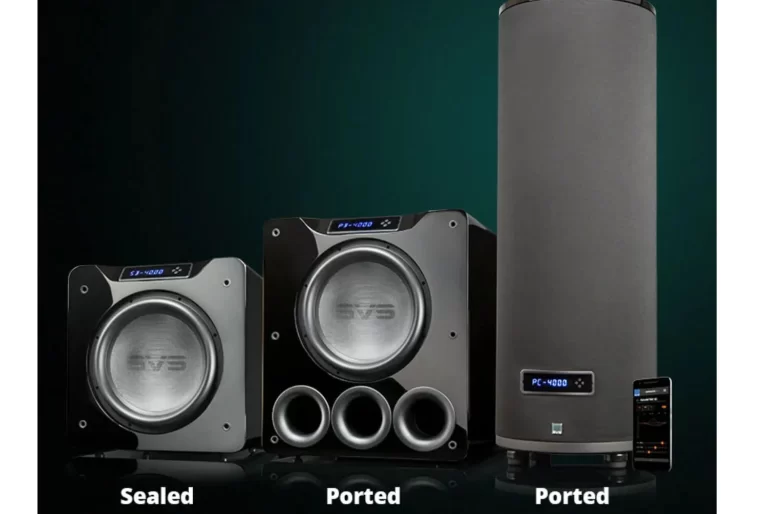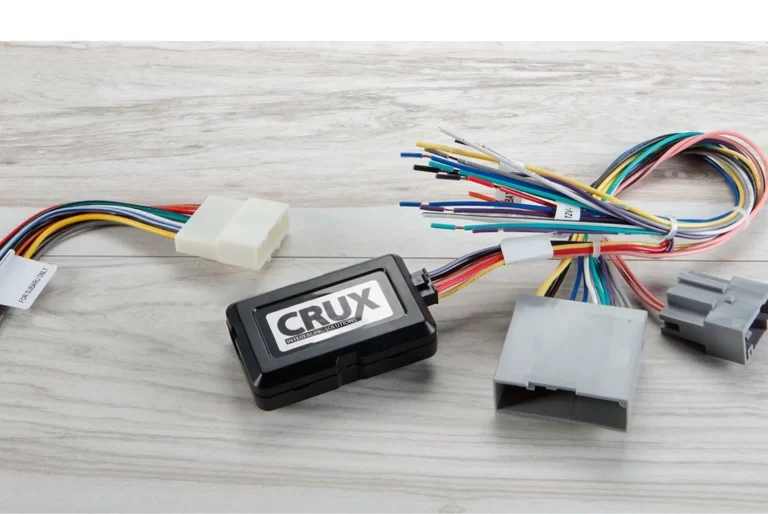How To Tune a Car Amp For Mids and Highs?
For optimal stereo operation in a car, you must know how to tune a car amp for mids and highs. It doesn’t matter how much the car audio system costs or how much damping you use. The Boss R1100M and Kicker 46CXA8001 car amplifiers will save your search for good audio and high power speakers. The car stereo processes the music to push it through to the car amplifier for the connected speakers.
Setting up your car amplifier for the subwoofer and the rest of the car audio system can confuse a beginner. Fine-tuning – isn’t an easy task and requires a lot of experience or professional help.
In this article, we will analyze the basic settings – so that you do not burn anything, the subwoofer didn’t try to play the violin, and everything was in its place.
How To Tune a Car Amp For Mids And Highs
OR
Amplifier Tuning
You’re definitely an enthusiastic about getting the best sound out of your car stereo system if you’ve invested in a car amp. However, knowing how to tune a car amp for mids and highs can be confusing.
Here is some information to help you find the sweet spot of sound quality you might looking for. I used these methods or strategies when tuning the amp in my vehicle, and it worked great.
Tell me the best frequency for adjusting the mid? I must say mid frequencies of car speakers run between 50 – 60Hz. Audiophiles usually use an equalizer for best-sounding settings if necessary. The EQ settings remove the high peak and dip that produce the harsh sound.
You’d like to raise the pitch slightly higher than the midrange frequency for the best audio. If you’re doing the fine tuning of the amp, make sure to do it according to your requirements as soon as you can.
Tuning the Highs
High Pass filters are ideal for speakers with very high frequencies. Those higher frequencies are blocked from the speakers and tweeters in a doorway to the house. It prevents low-frequency distortion of speakers. The HPF switch must be turned on in some amps for this function.
Most amplifiers have switches, but everything varies by OEM. HPF performs well on frequencies between 80 and 200. Any frequencies below 80Hz must be fed into subs or large bass speakers. To get maximum performance, use HPF at 80Hz and lowpass filter (LPF) to below 80Hz.
Bass boost
Bass boost is the perfect option if the sound of heartbeats beats into your window. Setting Bass boosting requires patience as well as endurance. You will decrease your Gain when you increase your bass boost. Take the best steps possible without distortion.
It may take your presious time to perfect your Bass and get your desired boost. After tuning your car amplifier mid-range and high frequencies, you can start adjusting the Gain again. Reset up another song and then set the volume at 80%. Immediately change amplitude until you begin hearing distortion.

Frequency
Frequency is the number of waves passing certain place in certain time pereiod that’s given. It’s also the pitch at which your speakers emit sound. You will need to know the range of your speakers or subwoofer to tune your amplifier properly.
Factors should be considered while tuning your car amp
Setting Gain appropriately
- Turning the wrong level on a gain setting will cause your entire car audio experience to be distorted.
- Make sure to turn the Gain setting correctly so that the speakers can perform well.
Type of Amplifier
- While doing your amplifier’s adjustment, you must consider the type of amplifier that’ll help you maximizing the output.
- Buy quality amplifier and try reading its manual to know the limits you can push it to.
Speaker’s Power
- Powerful speakers are an added advantage while tuning an amplifier.
- Powerful speakers increase your amplifier’s power output and allow you to have relishing music.
Connectivity cables
- Using the quality cables for your amp. I’ve been using and tested BOSS Audio R1100MK Car Amplifier with 8 Gauge Wiring Kit have speaker wires, power cables, ground cable, etc.
- I recommend it for a long-term solution to your amplifier connectivity solution.
How To Tune a Car Amp For Mids And Highs [STEPS]
You can tune a car amplifier for mids and highs by following the steps below:
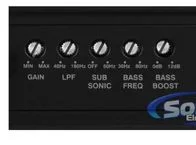
Step 1: Adjust the Gain Control
To match the RCA voltage passing through the cables from the stereo, gain control is installed on the car’s amp.
- Play a song on your car’s sound system
- Go to the back of the vehicle and reduce the Gain on the amplifier to a little more than half-way
- Turn the volume up of your car radio to almost maximum and then turn it down till you detect any noise coming from your front and rear speakers
- Return to the amp and gradually boost the Gain with a flat head screwdriver, stopping immediately when you notice any distortion coming
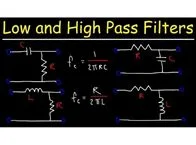
Step 2: Turn On the Filters
Use high-pass filters while tuning your car’s speaker, inspect the total rating, and adjust the frequency band to the number rated.
If you switch on the HPF, you can block bass frequencies. It is, nevertheless, designed to generate deep, high Bass.
HPF (High Pass Filter) may be adjusted in multiple amps, allowing it to transition between various frequencies. As a result, flick the switch to engage the HPF.
You may set it anywhere between 80 and 250 Hz in most cases. And because the optimal HPF setting is around 80 Hz, the car audio system can take anything below.
Set your amp’s LPF (Low Pass Filter) to a frequency below 80 Hz. Doing this will allow you to play songs with many Bass, while the mids and highs can handle the high frequencies. Its configuration allows your stereo system to play audio in any frequency band without distortion.
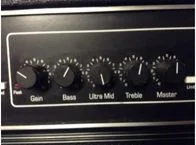
Step 3: Bring the Deep Bass
Although it can be difficult, you must boost the bass setting on your amp. If you wish to amplify the Bass, turn down the gain control.
You tune them both simultaneously to generate deep Bass without any interference. Although this procedure takes time, you will eventually be able to adjust your automobile amplifier for mids and highs.
Step 4: Fine-Tune
Connect the amps and turn off the volume. You’ll receive an 80 percent loudness without any distortions if you follow the instructions. If you’re experiencing problems, determine which of your speakers is defective, and then lower the gain setting.
Frequently Asked Questions
What are Mids, Highs, and Lows?
When tuning a car amp correctly, you need to understand midranges, highs, low frequencies & high frequency. The terms describe frequencies.
Usually speaking, the mids are where voices are heard. The singing is usually in the range between 250 Hz and 2000 Hz.
It’s common to see low frequencies in bass sound. Low frequencies usually have at least a frequency below 500 Hz. They make some great rumbly rap fans like blasting out of a car.
The highest start at above 2000hz and generally sound like the piano’s high keys. The high frequencies are a great source for vocal music. Your mids, highs, and lows should be adjusted according to your musical taste.
How to Tune a Car Amp for Mids and Highs?
You may want to turn on the high pass filter if you need to block the bass frequencies from your door speakers. My amp had a switch that allowed me to turn it on. Yours probably does, too.
You’ll need to activate the filter. Once you activated the filter, you can balance it anywhere from 80 to 200hz. You shouldn’t set your high pass filter more than 80hz. Your subwoofer can handle anything below that.
The next thing you’ll need is to set your low pass filter. It only plays the Bass, and you can set it lower than 80hz.
Why You Should Start With Gain Control?
OR
What to Do to Avoid Distortion Coming?
The best way of gaining good audio quality is to adjust the Gain. Gains are not the equivalent of volume, and some believe that. It’s easier when you consider it a tone. Volume controls output loudness, and gain controls sound level.
If an amp has a wrong gain adjustment, it may cause distortion. Also, make sure you adjust your Gain to make it better for yourself. I used my ears in my gain adjustment. Then we played a song on our stereo. After that, my Gain was perfect, and obviously, distortion was gone.
How to Check If My Settings Are Correct?
OR
Basic Terms and Car Amp Settings
You want to fine-tune everything once you’re fiddling with various settings. You can check the work, if it’s correct, by turning the car stereo down to zero. The next thing you’re suppose to do is, turn your volume control knob up to 80 percent maximum volume, or unless you hear any distortion.
You’ve done a brilliant job if you can get the volume up to 80 percent without hearing any distortion. Now stop messing with your sound system and pat yourself on the back, you’ve done well.
If you’re still hearing distortion, don’t worry. It just means you’re suppose to turn the Gain down may be bit more. Keep turning the Gain down unless the distortion fades away. When you’re done, you can enjoy a relishing, long drive with your partner while listening to your favorite music.
What Are The Correct Frequencies Do I Set Mids To?
What Frequency Are Lows, Mids And Highs?
What Are Tweeters, And What Do They Do?
Tweeters are relatively small speakers that emit the upper range of sounds used for reproducing music and speech called “treble.” Woofers and subwoofers cannot produce the same sounds as tweeters due to their construction and cone sizes.
Final Thoughts
Now that your knowledge of the tuning of car amps is in order, you can tell the system sounds good if everything is correct. If you use the correct HPF & LPF settings on the head unit, you can ensure that the speakers are not displaying distorted frequencies. You can also avoid relying on tweeters and the lower outputs of amps and subs.
This method can help you get a good sound without professional tools. Please listen to me carefully and you’ll never regret this decision. However, a technique is also crucial for tracking the distortion and preventing you from switching between different devices.
It’s important to note the different car amplifiers and head unit types used for tuning each time. Certain gain components need tuning too high, while others need no power.
Reference(s):

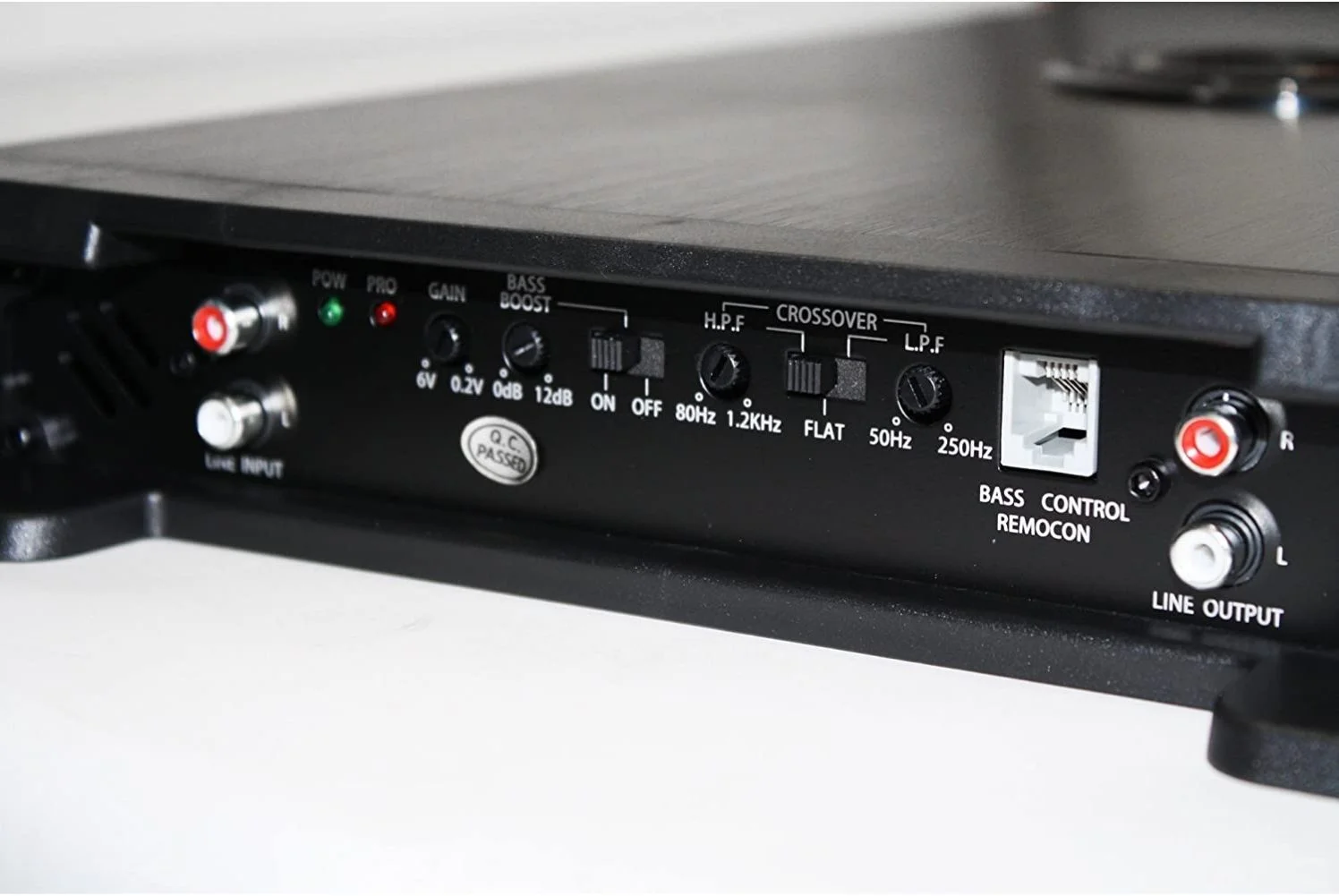



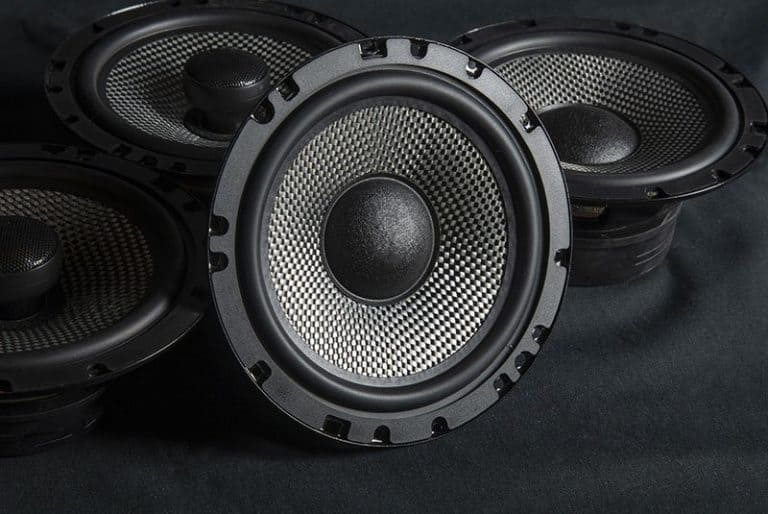

![How To Reset Pioneer Car Stereo? [Step-by-Step Comprehensive Guide]](https://carstereoplayer.com/wp-content/uploads/2021/09/Untitled-design-2021-09-26T112513.443-768x428.jpg)
